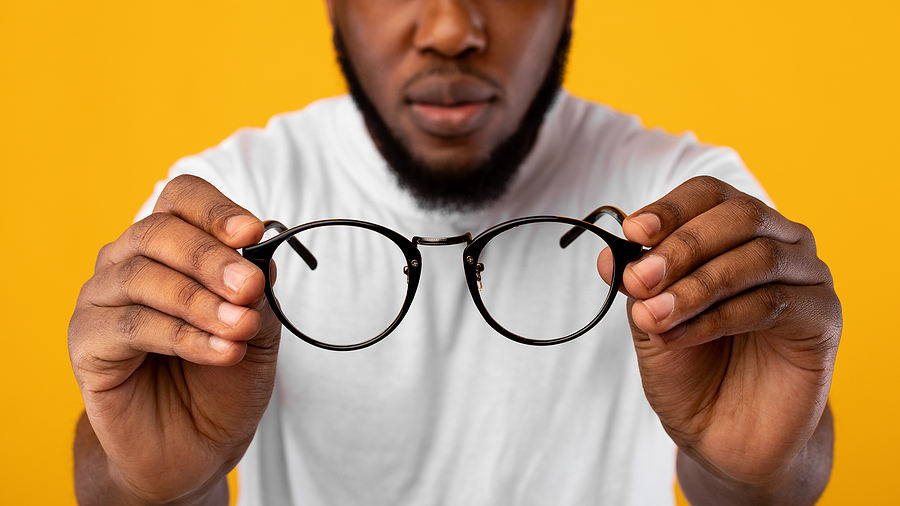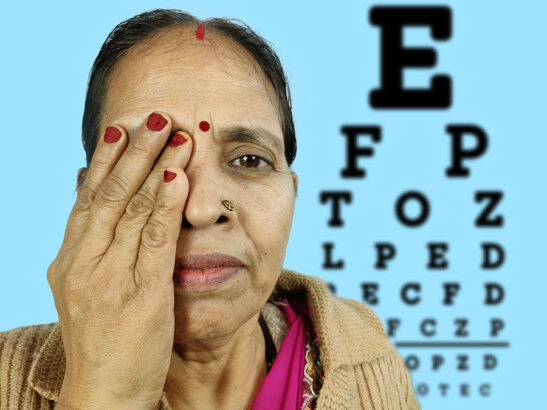There is a term related to vision loss that is misunderstood and chronically misinterpreted. Most people have heard the term but do not know what it means. It consists of two words which do not clearly articulate their purpose. Let’s clarify what Legal Blindness is, and what it is not.
- What is legal blindness?
Legal blindness is a government standard measurement of visual acuity that qualifies a person for disability benefits and disqualifies their ability to drive. The US Social Security Administration defines legal blindness as vision no better than 20/200 or a visual field of 20 degrees or less in both eyes. This means if something is 200 feet away, you have to stand 20 feet from it in order to see it clearly, but a person with 20/20 vision can see it clearly from 200 feet away.
- Can you be legally blind in one eye?
No. The vision in both eyes must be no better than 20/200 OR must have a visual field of 20 degrees or less.
It is also possible to be deemed legally blind if one eye has a field of 20 degrees or less and the other eye has an acuity no better than 20/200.
- Can you be legally blind if your vision is correctable?
No. There is no such thing as, “legally blind without my glasses,” if your vision loss is correctable with lenses, be very grateful, you are not considered legally blind.
- Is your driver’s license revoked if classified as legally blind?
No. There is no requirement that legal blindness be reported to the Department of Motor Vehicles. An eye doctor may advise you to stop driving long before you reach legal blindness. Don’t resist that advise, it should be taken seriously for your safety and the well-being of others you’ll encounter on the road.
- Is legal blindness the same as actual blindness?
No. About 15% of people who are legally blind are totally blind, 85% have impaired vision. Referring to everyone who meets the legal blindness qualification, as “blind” is not accurate or appropriate. It is really up to the individual, how they wish to identify. While many vision loss terms have become largely outdated, the two that are widely used today are visually impaired and low vision, representing a spectrum that describes vision loss ranging from 20/70 to 20/1000 and beyond.
According to the CDC, approximately 12 million people in the US, over age 40, have low vision, or uncorrectable vision with an acuity of at best 20/70.
- What are causes of legal blindness?
Most legal blindness occurs in adults over the age of 40 and is caused by progressive eye diseases including age-related macular degeneration, diabetic retinopathy, cataracts, and glaucoma. Some people are visually impaired since birth and others inherit eye diseases, like retinitis pigmentosa, Stargardt Disease and Leber’s, that present earlier in life. Other illnesses and accidents can also cause severe vision loss that reaches the level of legal blindness.
- How do people deal with legal blindness?
Legal blindness need not be a watershed moment, don’t be derailed by the psychology of it. Dealing with progressive vision loss should begin long before this point. If you are not notified of this milestone, it will more than likely pass without your knowledge. Keep things in perspective and use this opportunity to explore potentially new resources available to you. Ask your doctor for referral to vision rehabilitation services in your area, which you now may fully qualify for.
- What benefits does legal blindness qualify for?
Legal blindness means that you qualify for some government benefits that may include vision rehabilitation services, vocational training, disability benefits and some tax exemptions. Most benefits require further qualifications and an intensive application process.
Additional resources at:
VisionAware: Vision Rehabilitation Services
VisionAware: Visual Impairment and Social Security








